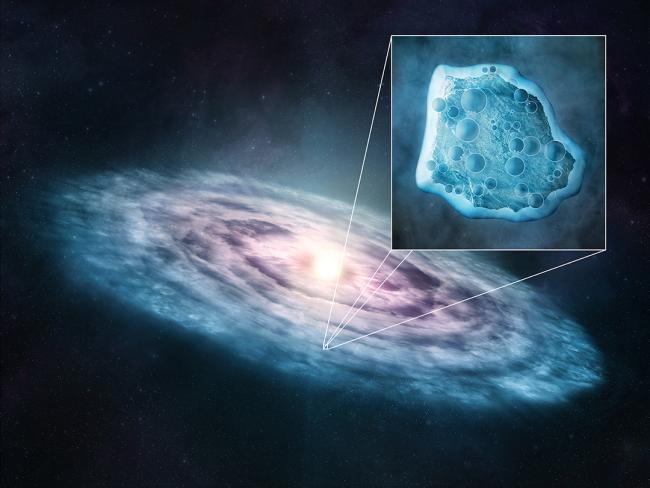
Astronomers frequently observe carbon monoxide in planetary nurseries. The compound is ultrabright and extremely common in protoplanetary disks—regions of dust and gas where planets form around young stars—making it a prime target for scientists.
But for the last decade or so, something hasn’t been adding up when it comes to carbon monoxide observations, says Diana Powell, a NASA Hubble Fellow at the Center for Astrophysics, Harvard & Smithsonian. A huge chunk of carbon monoxide is missing in all observations of disks, if astronomers’ current predictions of its abundance are correct.
Now, a new model—validated by observations with ALMA—has solved the mystery: carbon monoxide has been hiding in ice format...
Read More





Recent Comments